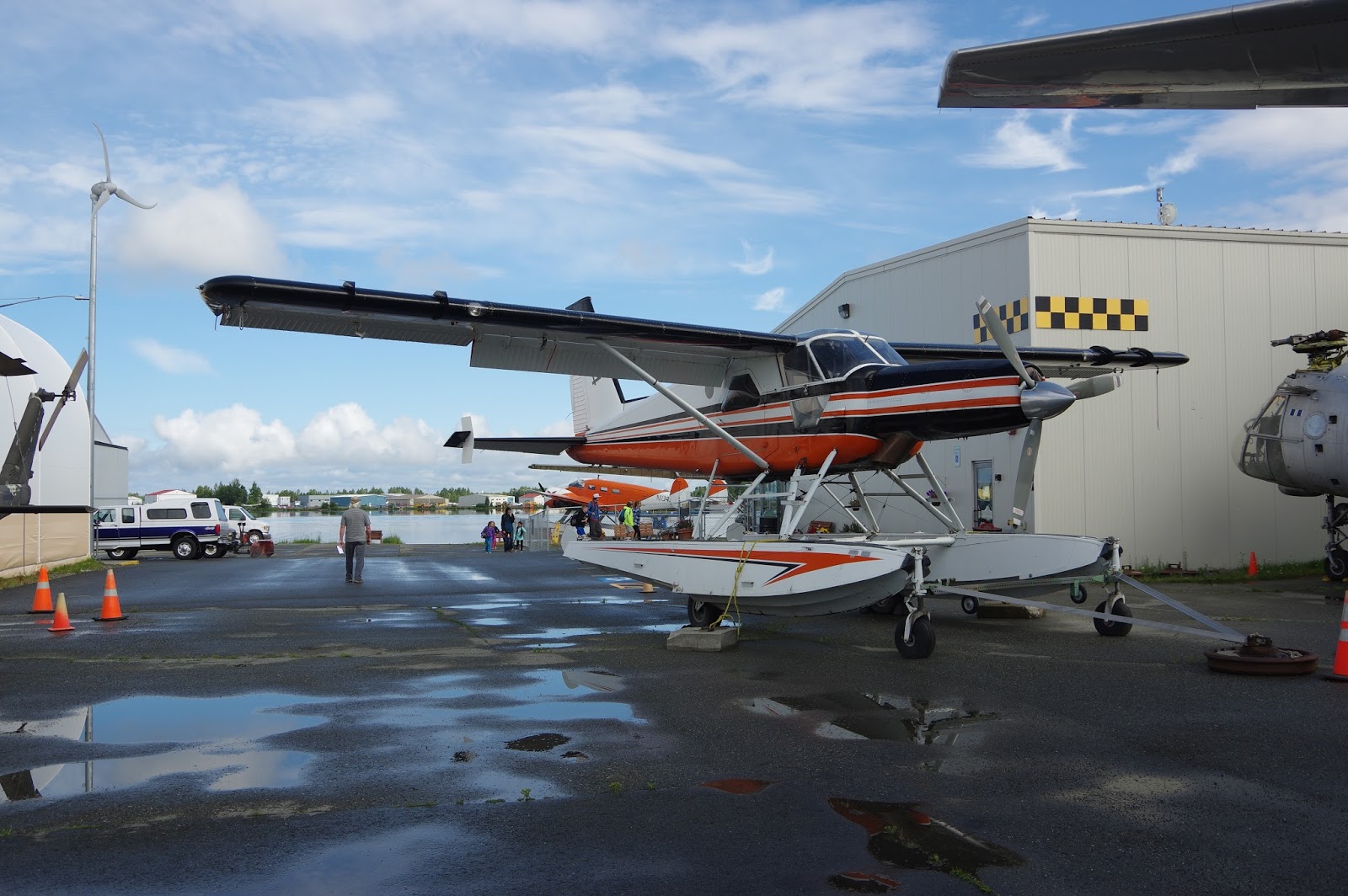The Aircraft Owners and Pilots Association, the non profit body that represents private aircraft owners, announced its 2020 Fly Ins and included the Natrona County International Airport among them.
For those not familiar with private aviation, that's a big deal. It'll bring at least 500 small aircraft to the Natrona County International Airport on June 19-20.
The AOPA has stated about the event:
Cowboy up!
Casper, WyomingJune 19 and 20, 2020
Dust off your boots and hitch up your chaps. The historic city of Casper, Wyoming, will host an AOPA Fly-In on June 19 and 20. This is a Western town, with roots in the era when pioneers came west to search for gold and when the horse was essential transportation. It’s also the crossroads of the Oregon, California, Mormon, and Pony Express trails. We’ve saddled up with the city of Casper to hold our fly-in the same weekend as the College National Finals Rodeo. The fly-out opportunities are as wide as the state: Yellowstone, the Bighorn Mountains, Devils Tower, and the Grand Tetons are nearby.
The weekend of the College National Finals Rodeo is already a big one in Casper, and this promises to make the weekend a bigger one yet, given the influx of small aircraft. For aircraft spotters in the area, like every AOPA Fly In, it'll provide a real entertaining weekend, rodeo aside.
















































































































